how many times a week should you do yoga
Introduction
Yoga is more than just physical exercise; it is a holistic practice that encompasses the body, mind, and spirit. But one of the most commonly asked questions by beginners and even seasoned practitioners is: “How many times a week should you do yoga?”
The answer depends on your individual goals—whether it's for flexibility, strength, stress reduction, spiritual growth, or weight loss. This comprehensive guide will explore the optimal yoga frequency for different goals and lifestyles, offering practical tips and guidance.
For those seeking personalized online yoga classes, Nayku provides flexible yoga training schedules guided by expert instructors tailored to your pace and wellness targets.
Understanding the Philosophy Behind Yoga
Yoga is derived from the Sanskrit word “Yuj,” meaning to unite or join. It aims to unite body, mind, and spirit. The physical poses (asanas) are just one of the eight limbs of yoga.
Eight Limbs of Yoga:
- Yama – Ethical disciplines
- Niyama – Self-discipline
- Asana – Physical postures
- Pranayama – Breath control
- Pratyahara – Withdrawal of senses
- Dharana – Concentration
- Dhyana – Meditation
- Samadhi – Bliss or enlightenment
When you understand this deeper philosophy, the question of “how often” you should practice yoga goes beyond just physical outcomes. With online platforms like Nayku, students can explore all dimensions of yoga at their own pace with customized plans.
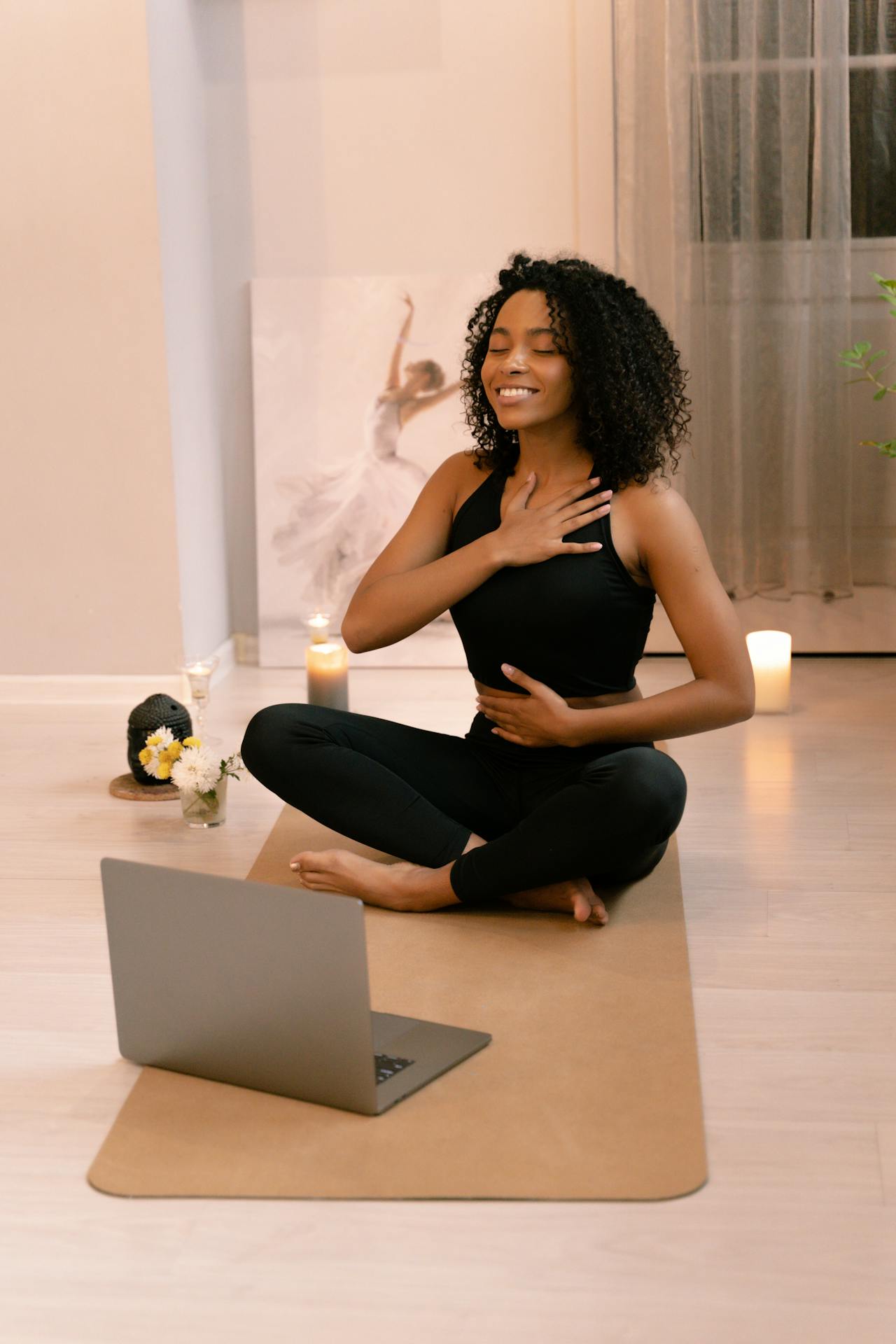
Benefits of Regular Yoga Practice
Practicing yoga regularly yields both short-term and long-term benefits. Some of the key advantages include:
- Improved flexibility and strength
- Better posture and joint health
- Enhanced breathing and lung capacity
- Lower stress and anxiety levels
- Improved focus and mindfulness
- Boosted immune system
To maximize these benefits, consistency is key. Nayku’s online yoga programs are designed to support steady practice through structured, instructor-led sessions suited for all levels.
How Many Times a Week Should a Beginner Do Yoga?
Ideal Frequency for Beginners:
- 2 to 3 times per week is ideal for newcomers.
- Each session should last 30–60 minutes.
- Focus should be on gentle stretches, breathing techniques, and learning the correct form.
Starting slowly helps prevent injury and builds a strong foundation. Nayku offers beginner-friendly online yoga classes with real-time feedback to help you get started safely and effectively.
Intermediate to Advanced Practitioners
As your stamina and familiarity with yoga increase, you can raise your frequency.
Ideal Frequency:
- 4 to 6 times per week
- Include a mix of dynamic (Vinyasa, Ashtanga) and restorative (Yin, Hatha) sessions
- Add pranayama and meditation to deepen your practice
Advanced practitioners can handle longer, more intense sessions, but rest days remain important for muscle recovery. Nayku’s advanced yoga tracks include personalized session schedules, helping you balance exertion and recovery.
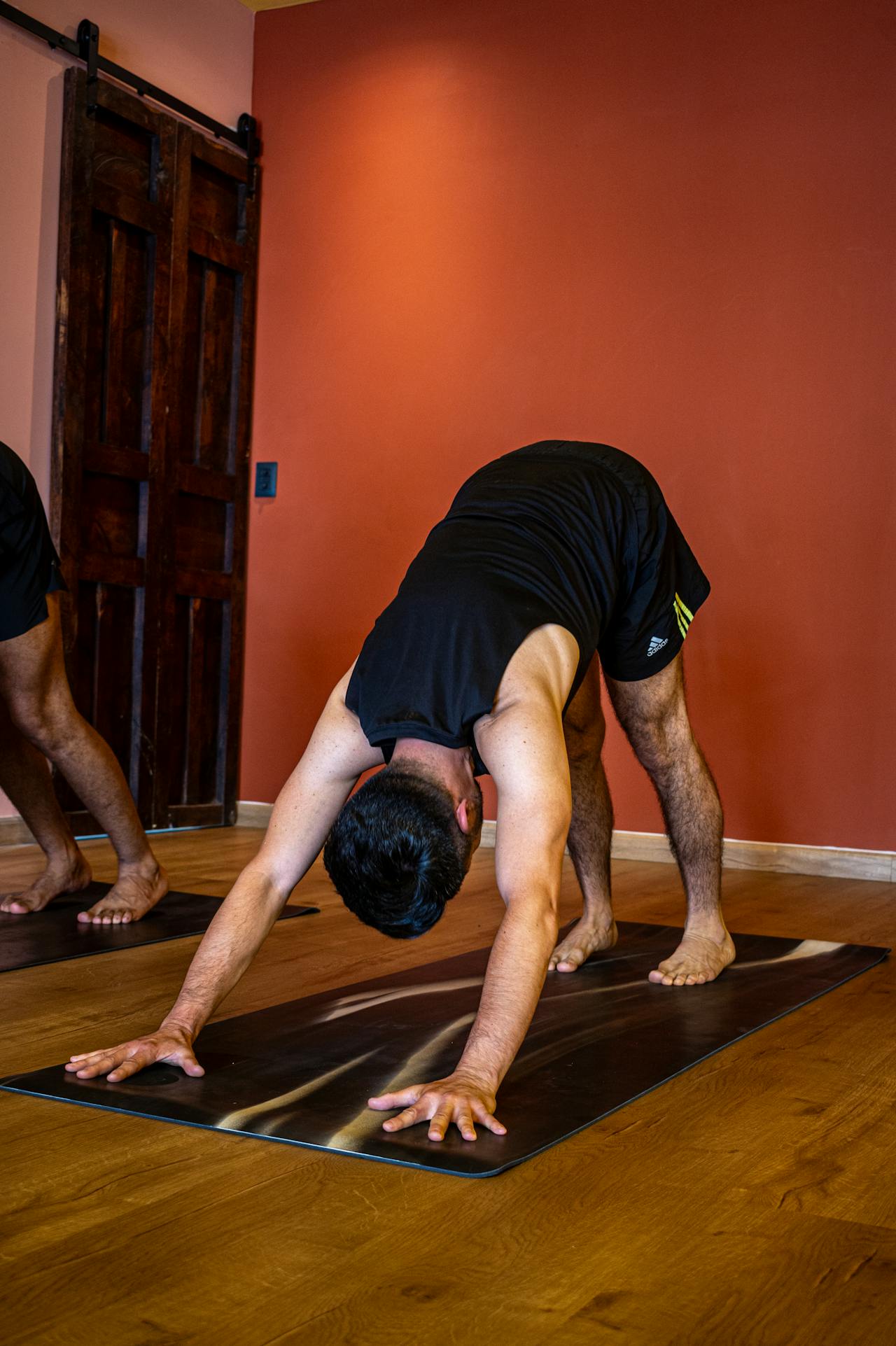
Daily Yoga – Is It Safe?
Yes, daily yoga is safe as long as you:
- Listen to your body
- Avoid overexertion
- Vary your routine to prevent strain
Tips for Daily Practice:
- Include gentle flows or restorative yoga once or twice a week
- Shorten sessions on hectic days (15–30 minutes)
- Focus on meditation or pranayama on low-energy days
With Nayku’s flexible platform, you can choose the length and type of class each day based on how you feel, making it easier to sustain daily yoga without burnout.
Yoga for Weight Loss – How Often Is Enough?
Yoga alone may not burn as many calories as aerobic workouts, but it plays a powerful role in long-term weight management through mindfulness and body awareness.
Ideal Frequency:
- 5 to 6 sessions per week
- Focus on dynamic styles like Power Yoga, Vinyasa, or Ashtanga
- Incorporate diet awareness and mindfulness
Nayku’s verified Yoga Instructors offer guided sessions, meal suggestions, and progress tracking tools to support your journey holistically.
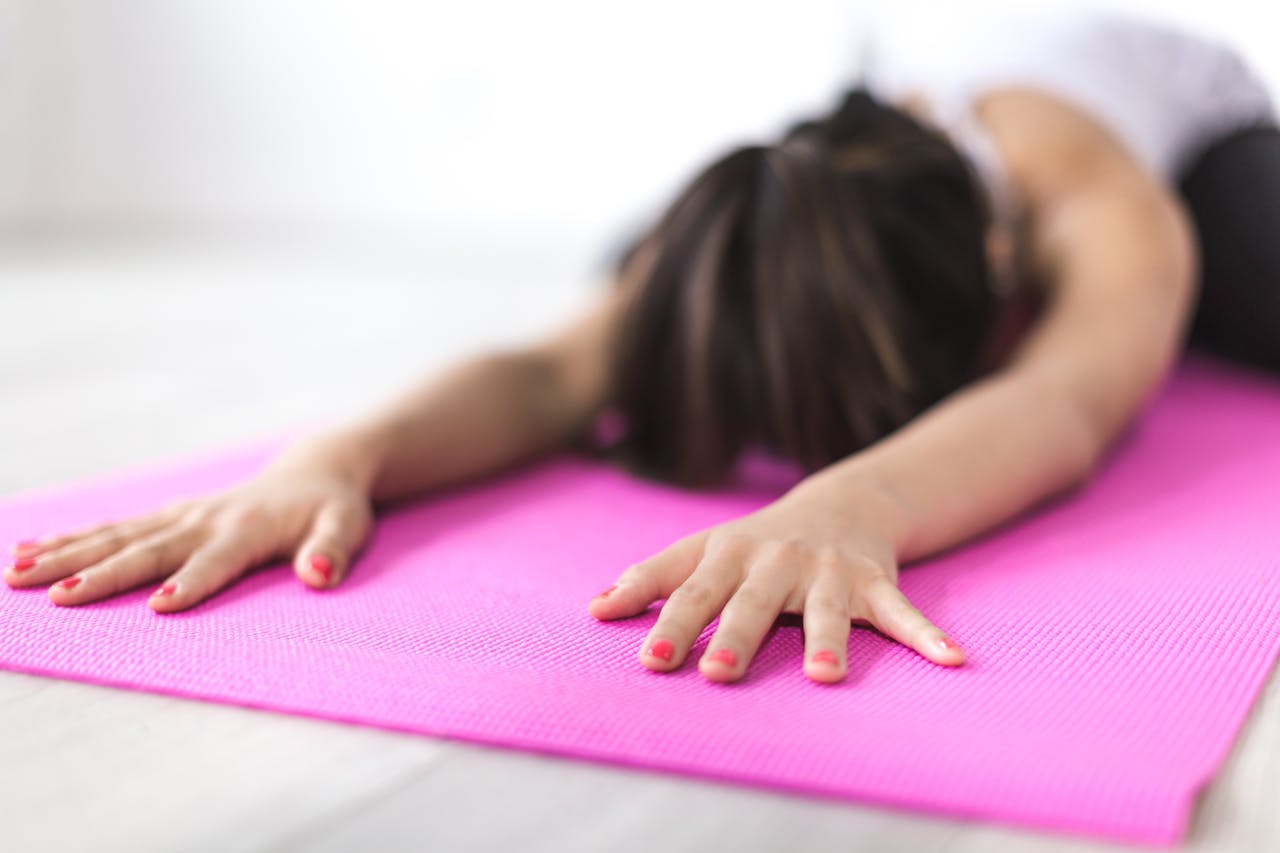
Yoga for Stress and Mental Wellness
If stress reduction is your primary goal, focus more on consistency than intensity.
Ideal Frequency:
- 3 to 5 times per week
- Styles: Hatha, Yin, Restorative, Yoga Nidra
- Combine with pranayama and meditation
Regular relaxation-based yoga reduces cortisol, enhances serotonin, and improves sleep quality. Nayku’s wellness-focused classes are specifically designed to combat stress, anxiety, and depression through calming practices.
Yoga for Flexibility and Mobility
Yoga is highly effective in improving flexibility, joint health, and mobility.
Ideal Frequency:
- 4 to 5 times a week
- Hold poses longer (e.g., in Yin Yoga)
- Target tight areas like hamstrings, hips, and shoulders
Progress takes time, and flexibility gains are gradual. Nayku's verified and experienced instructors track student mobility and customize sessions to your flexibility goals.
Age-Based Recommendations
Children (5–12 years):
- 2–3 fun sessions a week
- Focus on balance, playfulness, and breath
Teens:
- 3–5 sessions/week for stress and posture correction
Adults:
- 4–6 sessions/week to meet health and lifestyle goals
Seniors (60+):
- 2–4 gentle yoga sessions/week
- Focus on balance, joint safety, and relaxation
Nayku connects you with experienced Instructors who understand the physiological needs of each age group.
Best Days and Times for Yoga
You can practice yoga any day of the week, but here are tips for timing:
Best Times:
- Morning – For energy and focus
- Evening – For relaxation and sleep
Try not to practice yoga right after meals. A 2-hour gap is ideal. Nayku allows you to book or access classes at flexible timings to fit your daily routine.
The Importance of Rest Days
Even with yoga, rest is essential. Overtraining can lead to:
- Joint pain
- Fatigue
- Decreased motivation
Restorative Days Can Include:
- Yoga Nidra
- Pranayama
- Meditation
Nayku’s plans encourage balance with built-in rest or recovery days to prevent burnout and keep your progress sustainable.
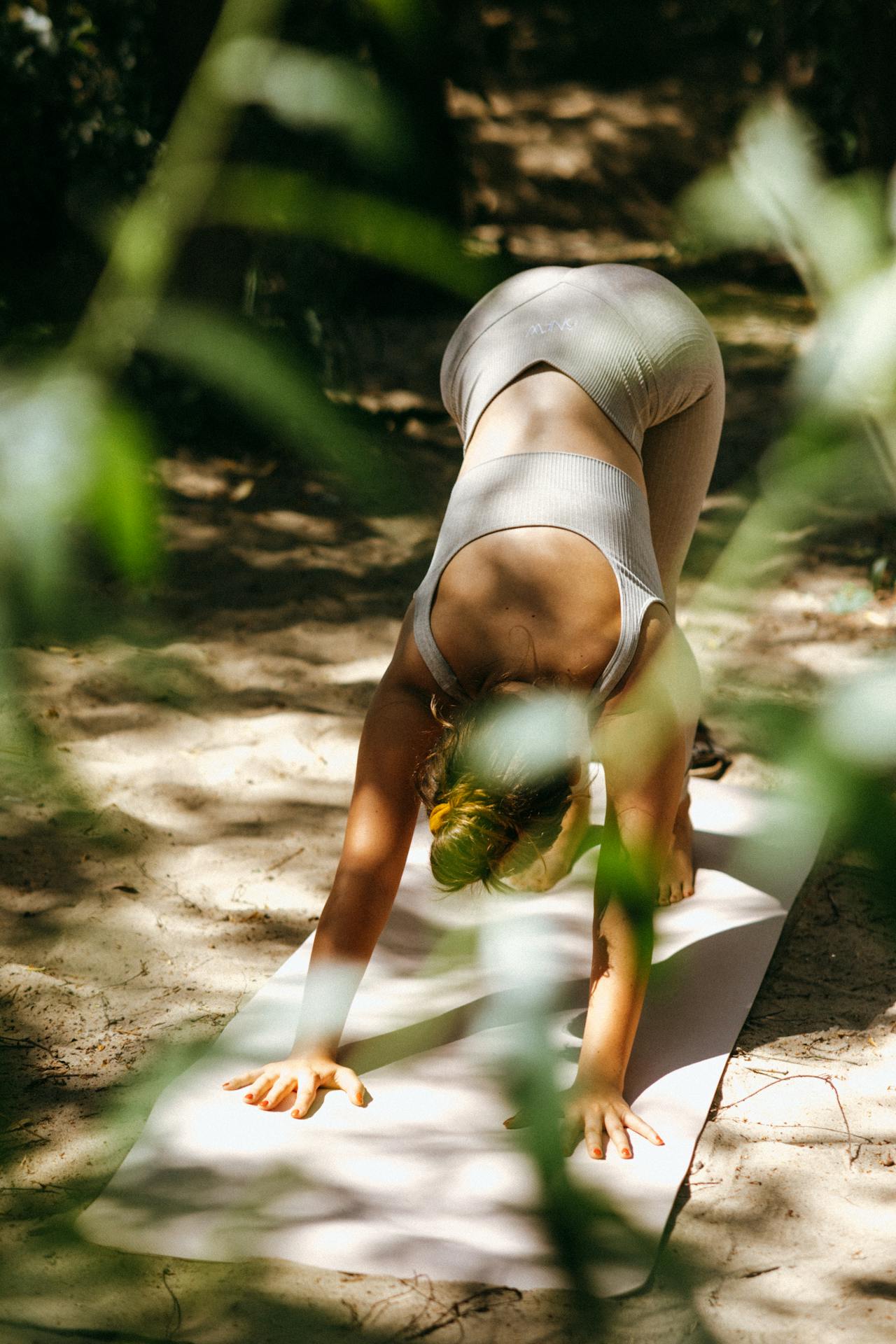
Combining Yoga with Other Fitness Forms
Yoga blends well with:
- Strength training (alternate days)
- Cardio (walking, swimming, cycling)
- Sports and dancing
You can do yoga daily alongside other workouts or use it as an active recovery tool. Nayku’s platform can help integrate yoga into multi-disciplinary fitness regimens.
How to Stay Consistent?
Many people start yoga but give up due to lack of results or motivation. Here’s how to stay on track:
- Set achievable goals
- Track progress
- Vary your sessions
- Use reminders
- Choose the right space and attire
The Nayku app includes reminders, tracking features, and motivational tips to help you stay consistent in your practice.
Signs You’re Doing Too Much Yoga
While yoga is generally safe, overdoing it can lead to:
- Fatigue or weakness
- Muscle soreness
- Joint stiffness
- Emotional irritability
Listen to your body. If you feel drained instead of refreshed, reduce frequency or intensity. Nayku wellness and yoga coaches guide you to modify your sessions based on feedback and symptoms.

Customizing Your Practice with Nayku
Nayku offers a range of customizable yoga programs:
- Choose your level: Beginner, Intermediate, Advanced
- Select goals: Stress relief, Weight loss, Flexibility, Pregnancy yoga, etc.
- Live or recorded sessions
- Certified instructors with experience in multiple yoga styles
- Progress tracking dashboards
Whether you want to do yoga twice a week or daily, Nayku makes it easy and effective through expert guidance and flexible scheduling.
Conclusion: So, how often should you do Yoga?
There’s no one-size-fits-all answer. The ideal yoga frequency depends on your:
- Goals (fitness, stress, flexibility, spiritual)
- Lifestyle (time availability, physical condition)
- Experience level
Quick Summary:
| Goal | Ideal Frequency |
|---|---|
| General Fitness | 3–5 times/week |
| Stress Reduction | 3–5 times/week |
| Weight Loss | 5–6 times/week |
| Flexibility | 4–5 times/week |
| Beginners | 2–3 times/week |
| Daily Wellness | Every day (mix of intense and gentle sessions) |
Platforms like Nayku simplify this journey by offering personalized yoga plans, expert instruction, and ongoing motivation.
Related Articles
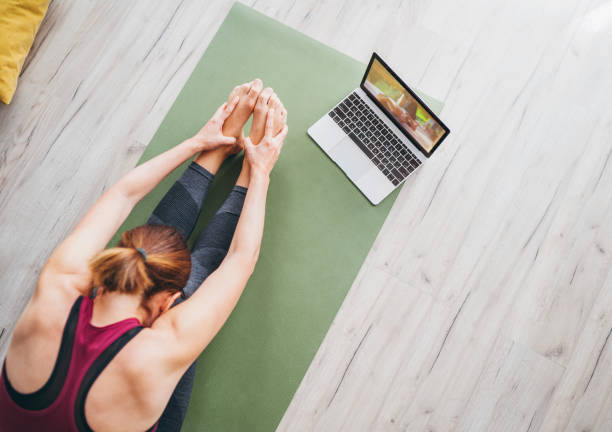
The Best Online Yoga Classes Near Me in Canberra
Explore the best online yoga classes in Canberra with Nayku. Expert tutors, flexible timings, and bu...
Read More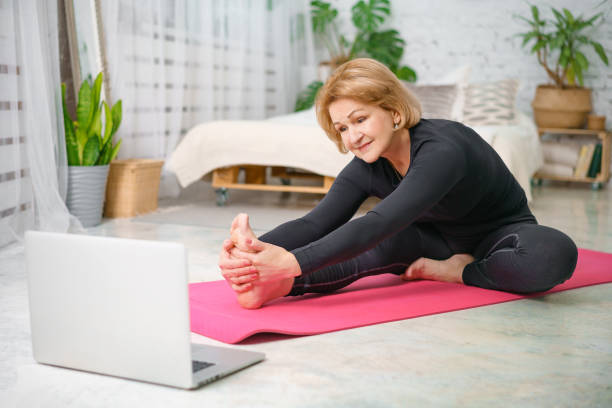
Top 10 Yoga Classes Near Me in Marshall Islands
Discover the best yoga classes in the Marshall Islands with expert online instructors on Nayku. Affo...
Read More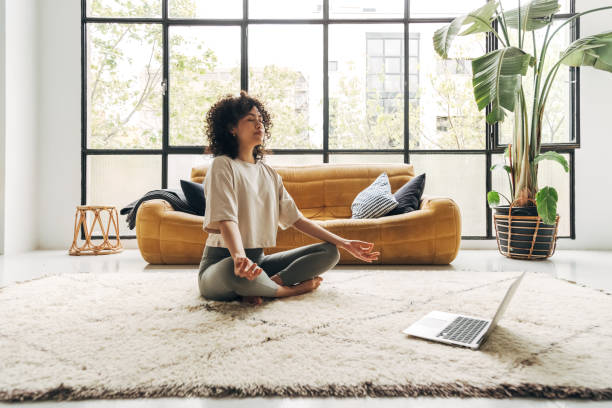
TOP 10 BEST Yoga Classes in Wellington New Zealand
Explore the top 10 yoga classes in Wellington and book expert online sessions instantly on the Nayku...
Read More
